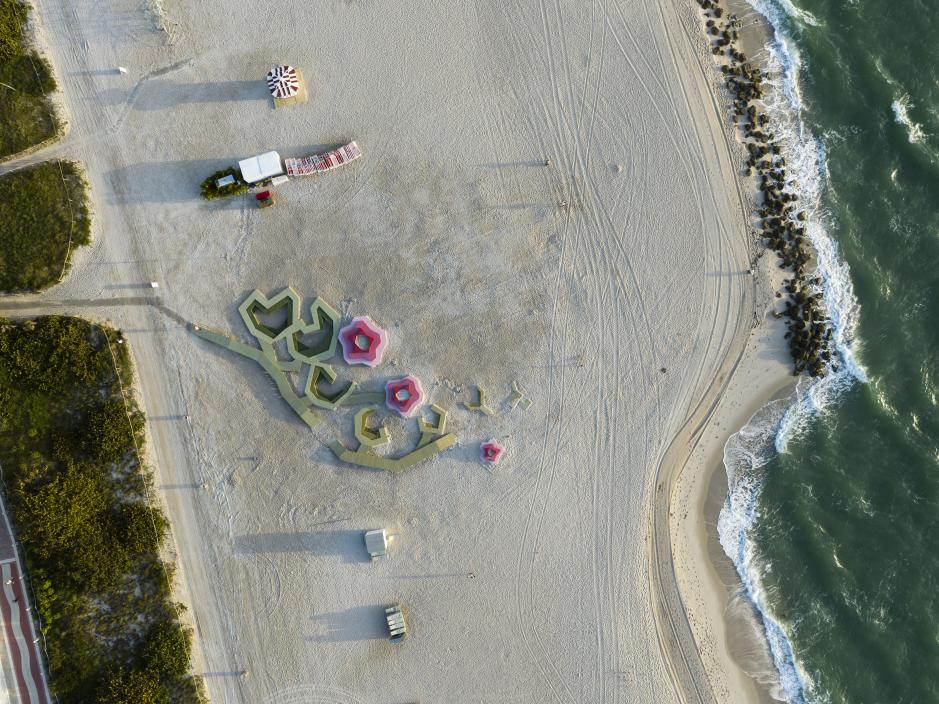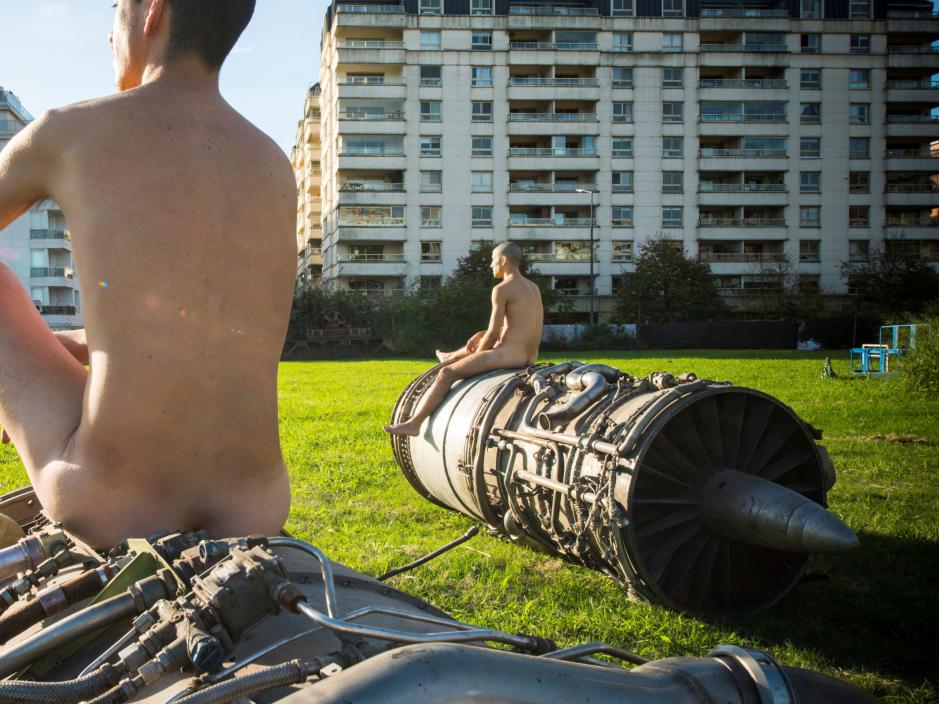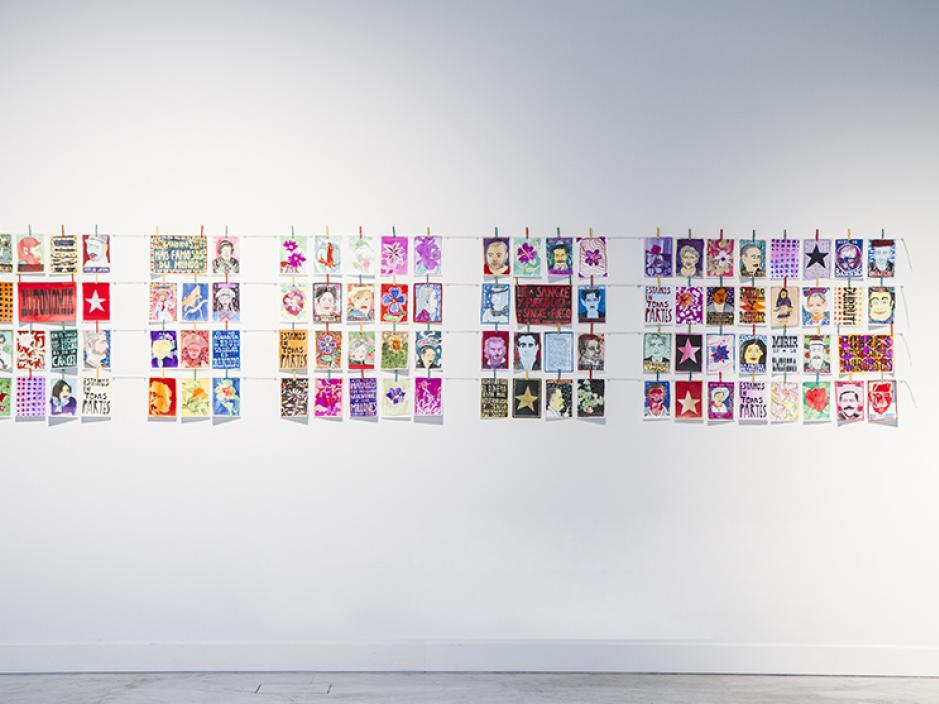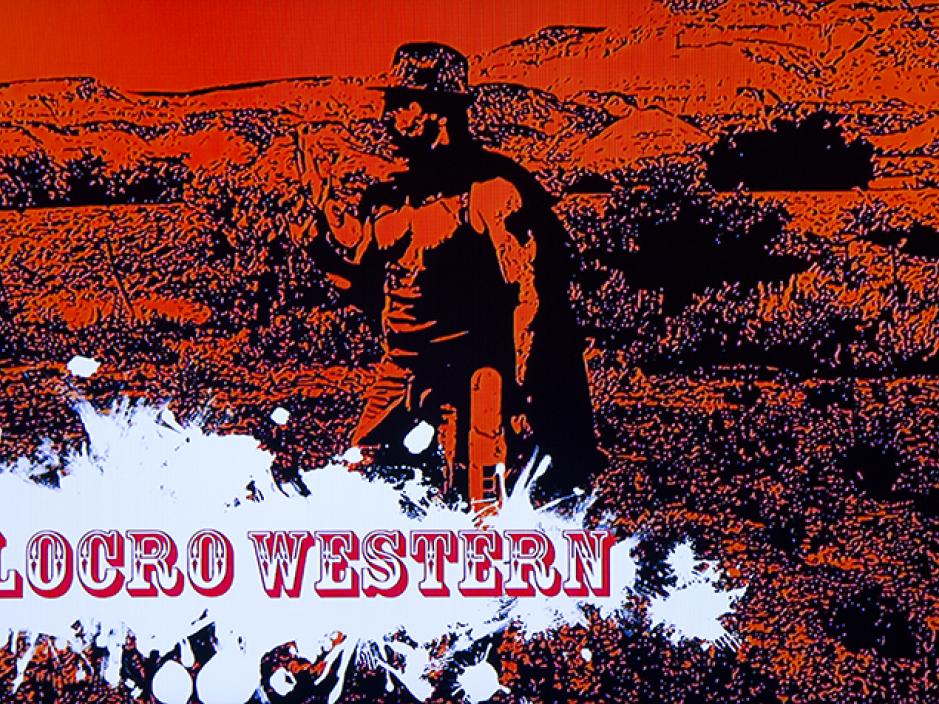Founded in 2012 and awarded biennially, the Faena Prize for the Arts recognizes artistic experimentation, encourages post-disciplinary and temporal exploration, and promotes inquiry into the multiple links between art, technology, and design. One of the Americas’ most prestigious art awards, the Faena Prize for the Arts is offered to artists at all stages in their careers to engage in critical reflection on the present moment and its ever-changing nature, with Faena Art awarding the winner a total of $100,000.
The Faena Prize recognizes artistic experimentation encourages post-disciplinary and temporal exploration, and promotes inquiry of the multiple links between art, technology, and design.
The first edition of the Faena Prize focused on Argentina, the second on Latin America, and the third was open to the world. The prize is now biennial and international, seeking to generate dialogues across geographical boundaries. Presented for the first time in Miami by Bombay Sapphire, the past edition of the Prize called on multidisciplinary artists to imagine site- sensitive works addressing the concept of home, in dialogue with the Faena Beach, and to engage with cultural and urban conditions in the city of Miami.
The next edition of the prize will be announced soon. Please check back for more information.




